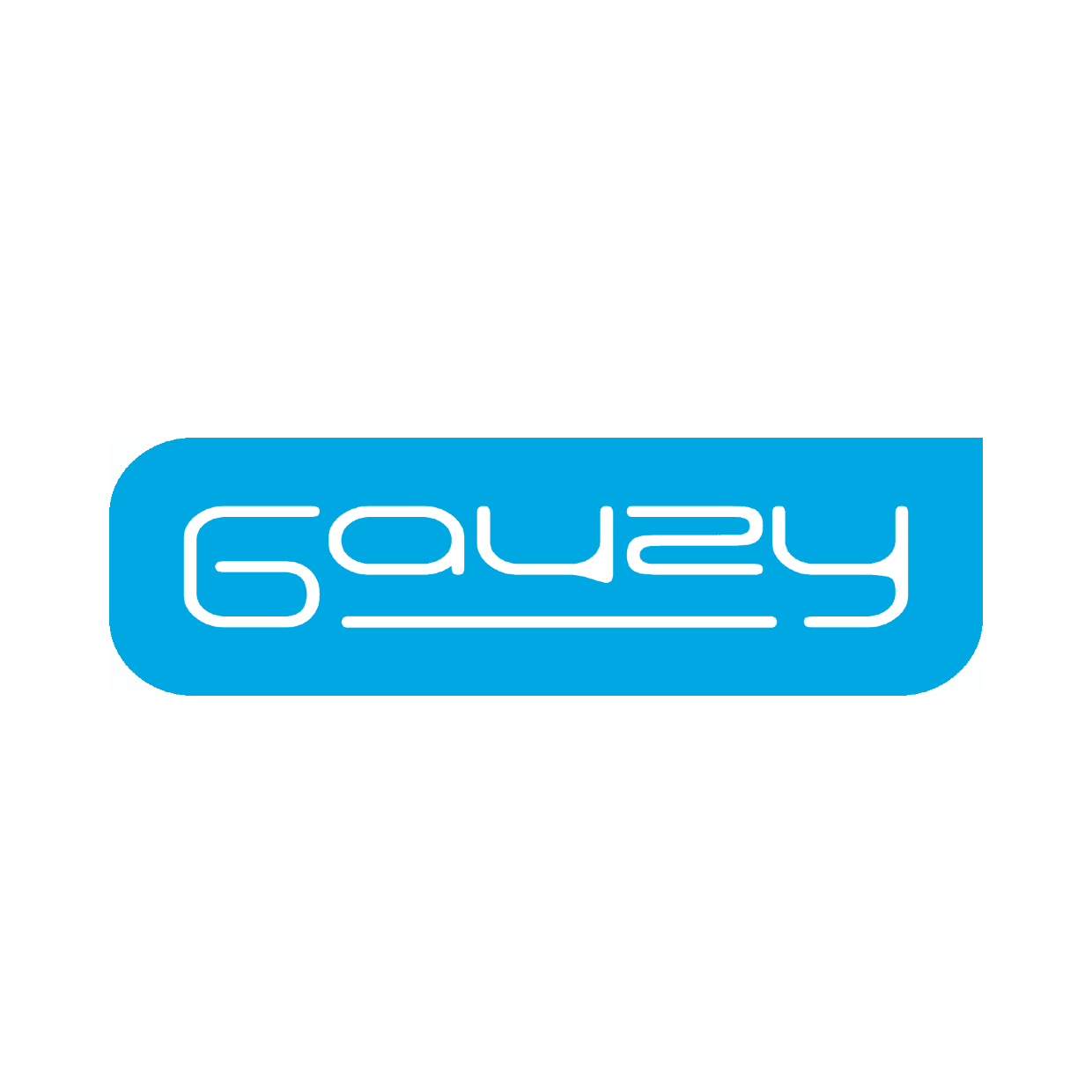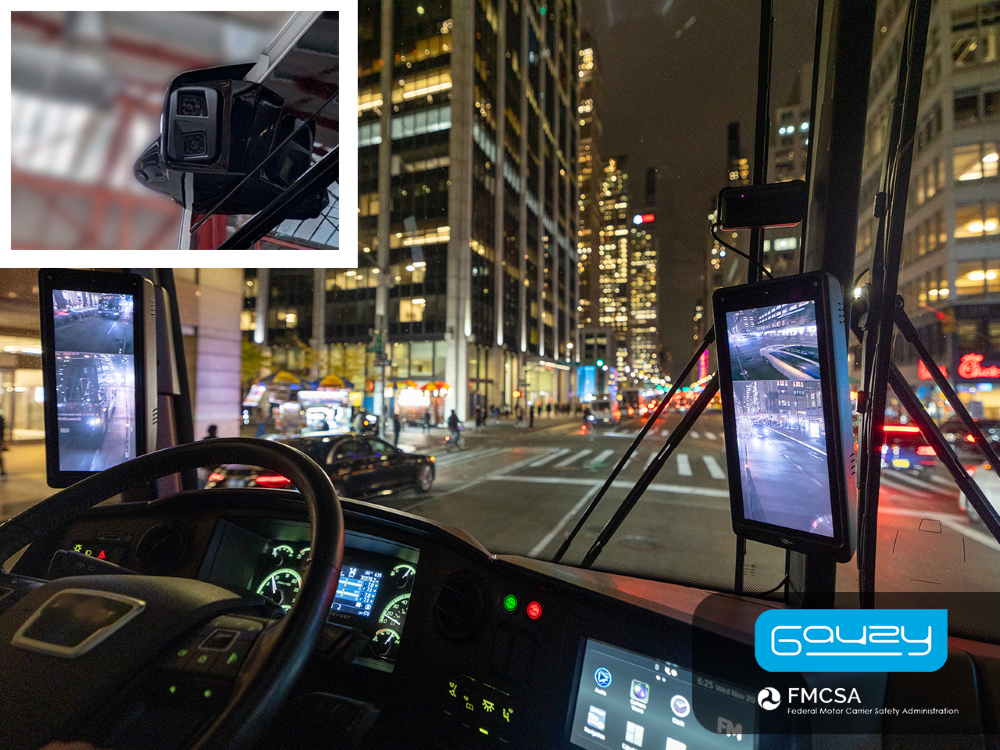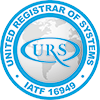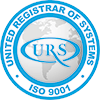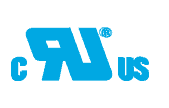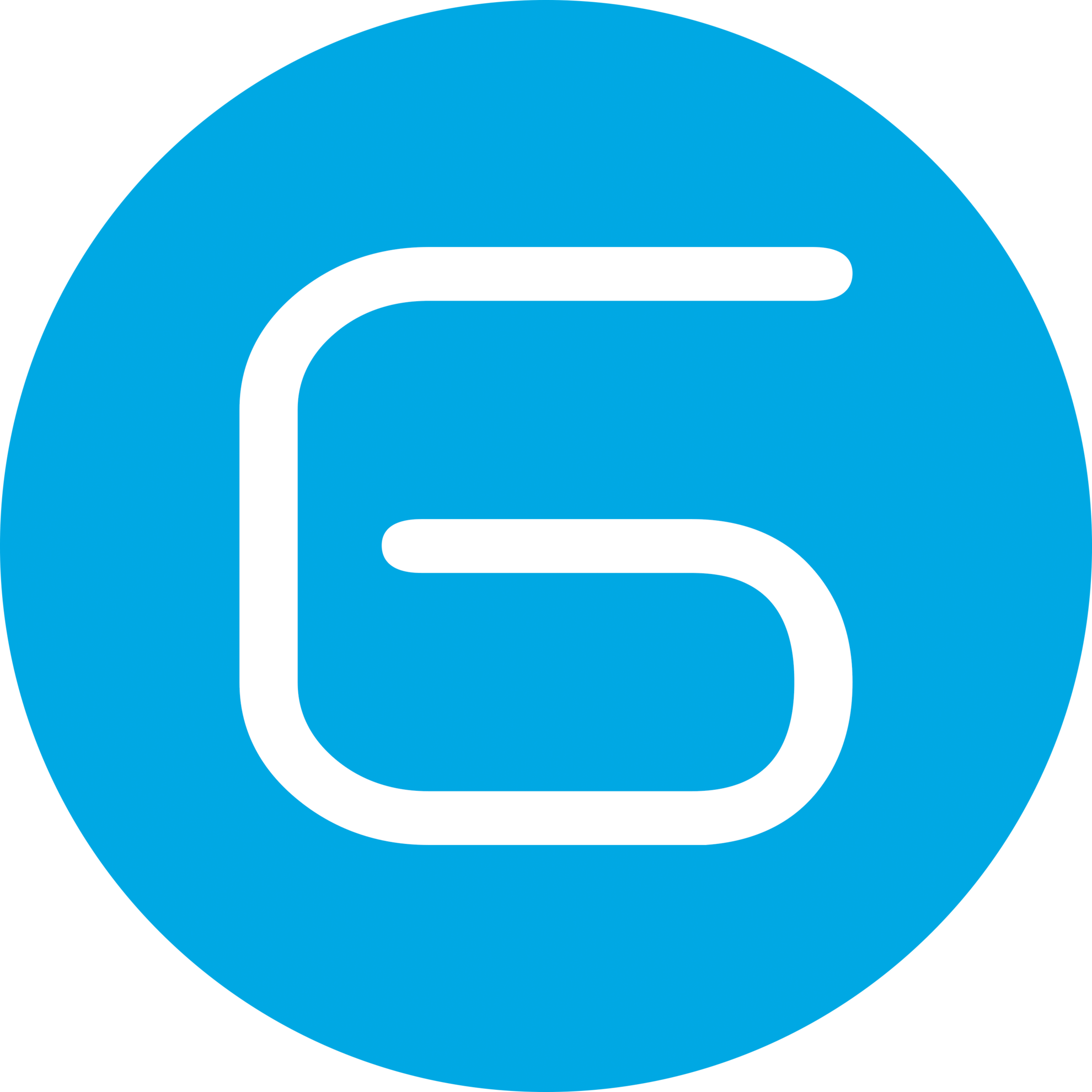Laminated Smart Glass vs. Adhesive Smart Film: Which Is Best for Your Project?
In this article, we explore the difference between laminated smart glass and adhesive smart film to help you decide which is the best choice for your project. Whether you are an architect or interior designer looking to learn more about these products to specify, a glass installer looking to fill a request, a GC sourcing switchable glass, or an owner/developer exploring this technology, this article will help you better understand what you need most.
There are two main ways that PDLC (polymer dispersed liquid crystal) smart glass technology is applied: by the lamination of PDLC smart glass films between two panes of glass, or retrofitting adhesive PDLC smart film to existing windows.
Laminated LCG® smart glass is produced by sealing a sheet of PDLC film between two panes of glass by a glass fabricator or glass processor. A glazier or glass installer then installs the glass into a partition of your choice, and an electrician connects it to the power source. When selecting smart glass, it’s best to work with a company that specializes in smart glass lamination, or its certified network. Installation time depends on project size and the glass fabricator or glass installer’s schedule.
Because smart glass is laminated glass, it is durable since the film is protected from the elements. Smart glass is cleaned just like regular glass with standard products from both sides making it easy to clean, disinfect and sterilize.
Adhesive smart film is also known as retrofit film. Standard glass can be converted into LCG®️ smart glass with Polymer Dispersed Liquid Crystal (PDLC) adhesive smart films, which are designed to be applied to existing, already installed glass, for an instant upgrade. Instead of laminating the film between two pieces of glass, adhesive smart films have one side that is sticky, for adhesion onto glass. The other side has a scratch proof coating for some extra protection since the film is not protected from both sides.
The process of obtaining smart film involves ordering glass from a fabricator, installing with a glass installer, bringing a certified window film installer to apply the film, and then an electrician to connect it on site. Retrofitting is helpful when glass can’t be replaced or when the glass needs to be thinner than a double pane. Because the film is not protected from both sides, cleaning protocols should be confirmed with the manufacturer.
The Benefits of Laminated Smart Glass and Adhesive Smart Film
Both laminated and adhesive PDLC smart glass and smart film technologies offer many of the same advantages over standard glass. They both support glass that turns opaque on demand, making it ideal for on demand privacy. Here are a few more of the benefits and specifications they have in common:
- Dynamic privacy
- Temperature control when using Solar IR reflecting films
- High ROI, replacing fabrics that are costly to clean and deteriorate over time
- Support dynamic designs that can be changed with the flip of a switch
- Space optimization, replacing thick stuffed walls with low profile glass
- Easy to clean
- Enhances well-being with access to natural light and spatial control
- Ultra-low haze: average 2.5%
- Minimal energy consumption: average 1 – 3w/M2
- Switching times: 10ms
- Available in standard or custom shapes with holes and notches
- Compatible with many glass types: annealed, tempered, clear, low iron/ IG units
- Available in indoor and outdoor grades
- Available in rolls or C2F sheets for professionals
Despite similar features, the applications and benefits of laminated smart glass and adhesive smart film do differ occasionally, making each one ideal for different types of projects.
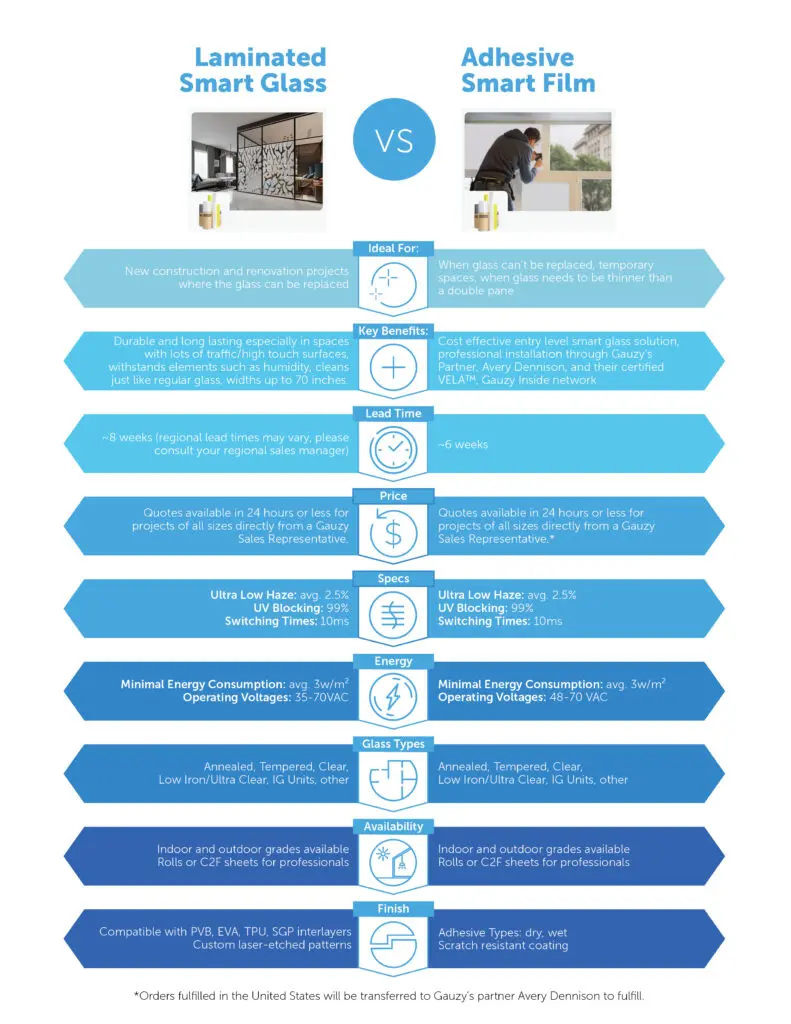
The Main Benefits of Laminated Smart Glass
Smart glass, also called switchable glass or privacy glass, is defined as glass whose light-transmission properties are altered when light, heat, or voltage is applied. It is glass that turns opaque, changes to different levels of opacity or transparency, on demand as it either lets light pass through or blocks some or all its wavelengths.
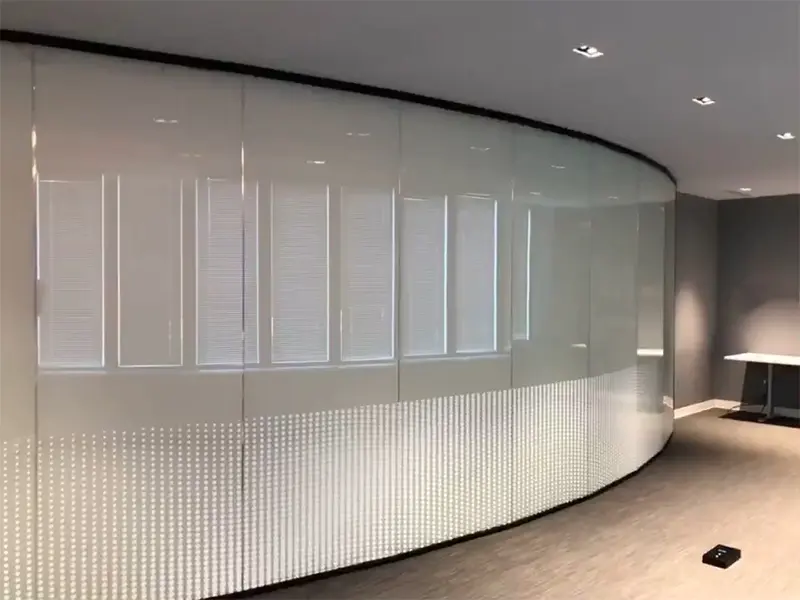
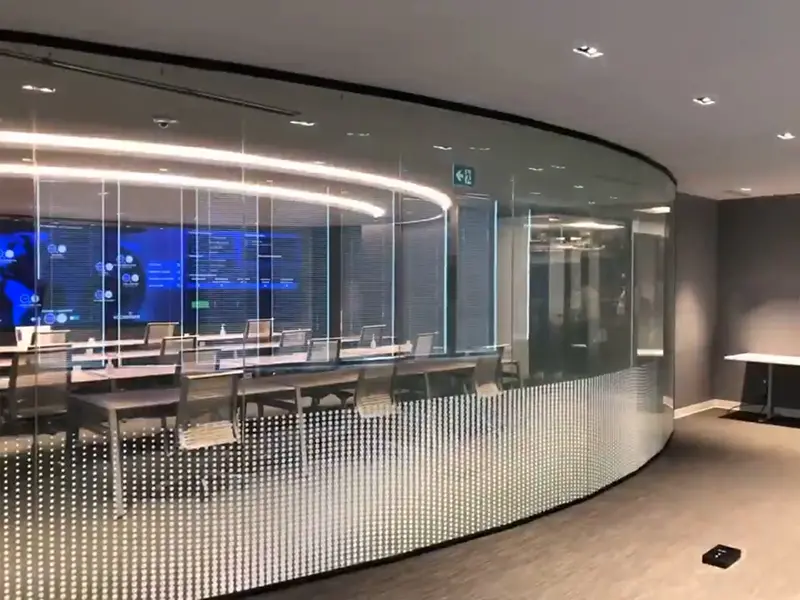
Unlike its film counterpart, which is the better option for temporary projects, laminated smart glass is ideal for new construction or renovation projects in which glass can be replaced, especially when longevity is desired. It’s also an easy to clean and durable alternative, not to mention better equipped for humid and high traffic spaces given the layer of smart technology is fabricated between two panes of glass. Available up to 1.8m wide (5.9f) in a variety of interior and exterior grades including white and grey, as well as the option to add on custom patterns or projection capabilities, smart glass is a long-lasting, premium product that’s well worth the investment.
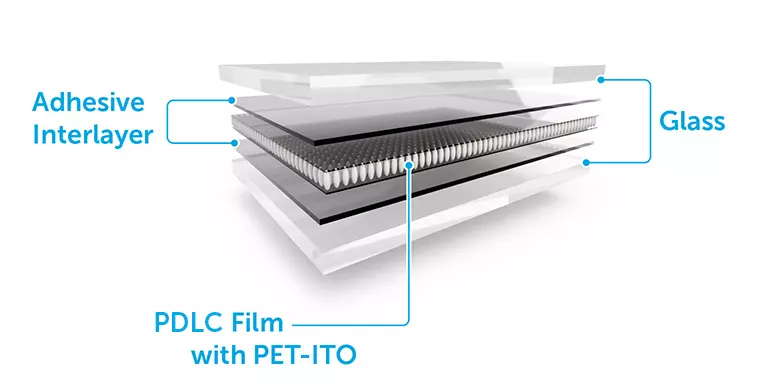
The Main Benefits of Adhesive Smart Film
Designed specifically to be retrofitted onto existing glass surfaces, adhesive smart film offers a cost-effective alternative to laminated smart glass. Switchable smart film changes between transparency and opacity with the push of a button to create smart glass. Because it can be applied to existing glass, it is an ideal application for a variety of projects.
PDLC adhesive smart films are used to instantly transform existing glass into smart glass by adhering to the glass, and being connected to a wall switch or smart phone app and controller, like laminated smart glass, so it turns on and off for privacy and solar control.
Smart film is ideal for renovations in which the glass is not being replaced, when glass needs to be thinner than a double pane, or to freshen up minimalist designs by replacing curtains with high-tech switchable privacy film. It is installed by professionals to maintain its level of quality, performance and durability. It is manufactured with an adhesive layer on one side, making it easy to apply to existing glass without special installation equipment, but it should be done by professionals. Its scratch-proof protective coatings ensure durability.
It is available in a width of 1.5 meters (4.9 feet), as well as in custom shapes and sizes. Multiple pieces can be joined together to create large switchable panels or partitions. It also can transform any glass into a high-definition rear projection screen, allowing the display of TV images, videos and presentations.
Professional installation is available through Gauzy’s partner network. In the United States specifically, Avery Dennison, and its certified VELA Gauzy Inside network work to fulfill orders for adhesive smart film.
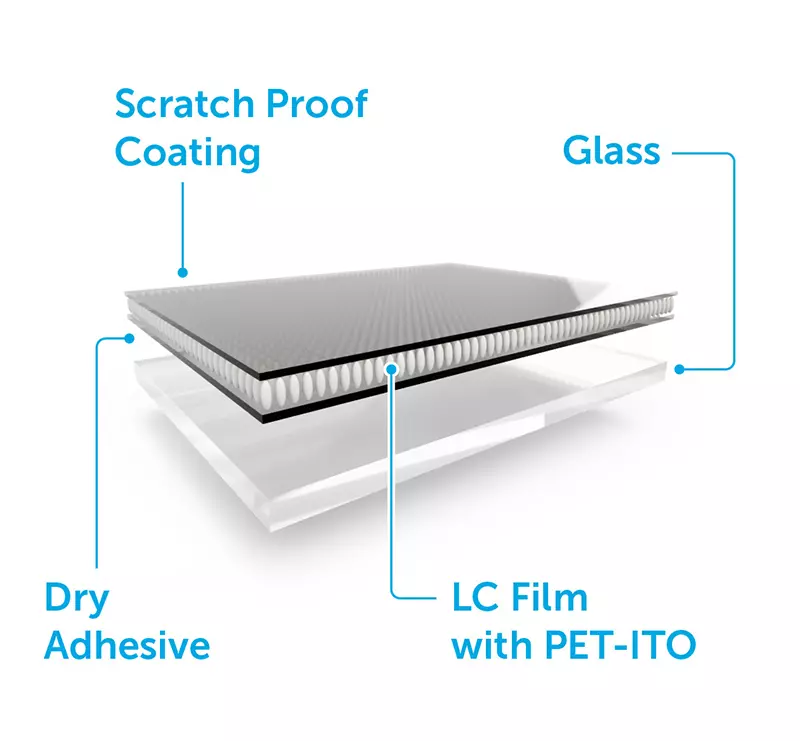
Whichever application method you choose, laminated smart glass or adhesive smart glass film, you can rest assured that Gauzy is the market leader in the research and development of smart glass technologies, and can supply both product types. Gauzy has an extensive network of certified smart film installers and smart glass laminators worldwide to meet your smart glass needs. If you’re unsure about which technology is right for you, you can always reach out to our team, who will be more than happy to help you.
Want to learn more about Smart Glass or receive a quote? Contact the Smart Glass experts at Gauzy today.



